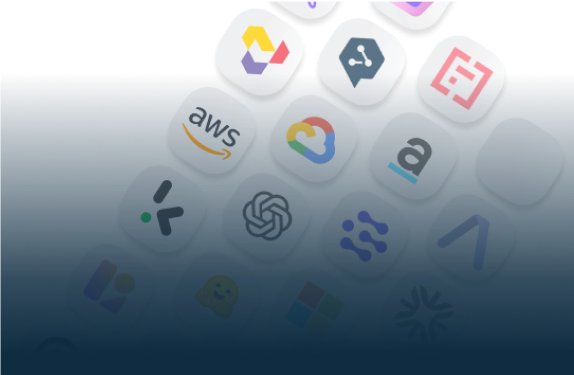
Start Your AI Journey Today
- Access 100+ AI APIs in a single platform.
- Compare and deploy AI models effortlessly.
- Pay-as-you-go with no upfront fees.

Large Language Models (LLMs) are moving towards a token-based system rather than character counts. This article delves into the rationale behind token usage, variations in tokenization among providers such as OpenAI, Google Cloud, Cohere, and others, cost estimation strategies, and the benefits of platforms like Eden AI for model utilization.
Tokens and characters serve distinct roles in the realm of Large Language Models (LLMs), each influencing how text is processed and understood.
Tokenization, the process of breaking text into meaningful units called tokens, offers significant advantages in the realm of Large Language Models (LLMs). By standardizing inputs, so that each unit carries a similar amount of semantic information, tokenization enhances the consistency and accuracy of language processing tasks.
Additionally, processing text at the token level improves computational efficiency by allowing models to focus on meaningful linguistic structures rather than individual characters.
Moreover, tokenization aids in cost forecasting by enabling users to estimate resource usage and associated costs more accurately, thus informing better budgeting and resource allocation decisions.
In essence, tokenization plays a pivotal role in enhancing both the performance and cost-effectiveness of LLMs by streamlining language processing tasks.
Each LLM provider has a unique approach to tokenization, reflecting their model architectures and design philosophies:

Implements a dynamic tokenizer capable of segmenting text into tokens representing complete words, word fragments, or punctuation, leveraging a predefined vocabulary.
Note: tokenization methods may vary across different models, such as GPT-3 and GPT-4. Check out their tokenizer took to understand how a piece of text might be tokenized by a language model, and the total count of tokens in that piece of text.

Relies on methods like WordPiece or SentencePiece to decompose text into manageable components, including subwords or characters, a particularly effective approach for handling infrequent or specialized vocabulary.
Note: While this holds true for Google's open-source models, like BERT, it's unclear if newer models such as Gemini adhere to the same tokenization techniques.

Embraces byte pair encoding (BPE), dividing words into frequently occurring subword sequences.

Likely employs similar tokenization methodologies, emphasizing efficient processing and potentially integrating novel techniques to accommodate linguistic nuances.
Understanding these differences is crucial for developers aiming to optimize the performance and cost-efficiency of their applications across different LLM platforms.
Token limits refer to the maximum number of tokens (words or subwords) that a language model can process in a single input or generate in a single output. Given that these tokens are stored and managed in memory, these restrictions serve to maintain the model's efficiency and streamline resource usage. Below are some examples of Language Model (LLM) constraints.

Although the max token limitation is necessary, it defines the LLM parameters and limits the model’s performance and usability. Being bound by a set token count restricts the model from analyzing text beyond this limit. Consequently, any contextual cues outside this maximum token range are disregarded during analysis, potentially constraining the quality of outcomes. Moreover, it poses challenges for users dealing with extensive text documents.
To estimate costs effectively, consider the following steps:
Eden AI shines as a platform that simplifies the integration and management of multiple LLM APIs. Here’s why it’s particularly advantageous:

In conclusion, the move from characters to tokens in billing and processing by LLM APIs signifies a maturation in the field, aligning billing more closely with the technological demands of processing language.
Platforms like Eden AI further enhance this landscape by offering a cohesive framework to access and manage these sophisticated tools, ensuring that businesses can leverage the best of AI language processing efficiently and cost-effectively.


You can start building right away. If you have any questions, feel free to chat with us!
Get startedContact sales
